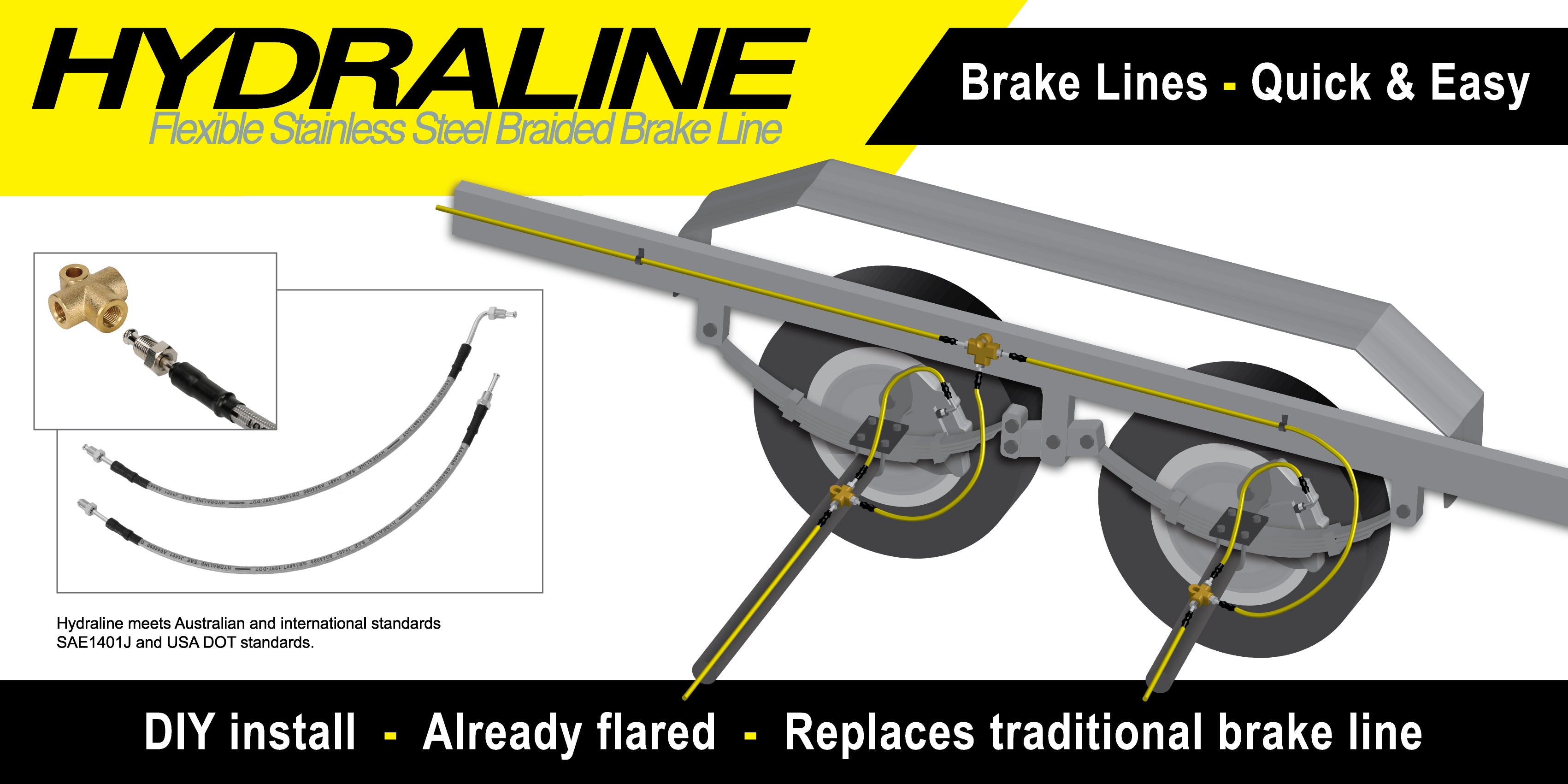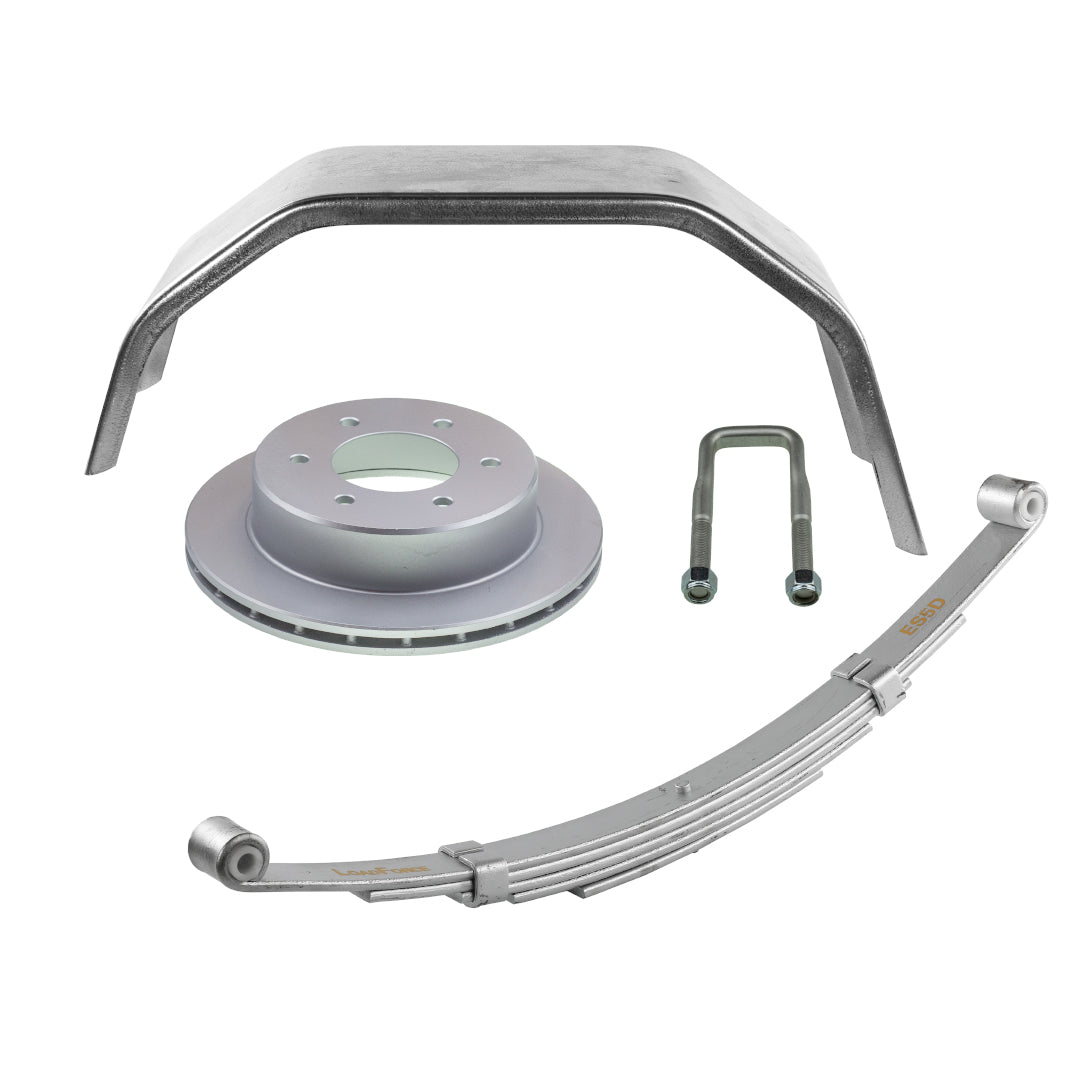Menu
Trailer brakes
Lazy hubsHub drumBacking plates & sparesBrake shoesDisc hubs & rotorsBrake mounting platesBearing & sealsBrake calipersCaliper disc padsBrake caliper sparesMaster cylindersHydrastar brake actuatorHydrastar sparesBrake controllersBreakaway kitBrake cable & lines & fittingsHydraLine brake lineDust caps & bearing protectorsWheel studs & nutsBrake grease & fluidBrake tools
Mudguards & wheels
Trailer hardware & accessories
-
Shop by product
Trailer brakes
- Lazy hubs
- Hub drum
- Backing plates & spares
- Brake shoes
- Disc hubs & rotors
- Brake mounting plates
- Bearing & seals
- Brake calipers
- Caliper disc pads
- Brake caliper spares
- Master cylinders
- Hydrastar brake actuator
- Hydrastar spares
- Brake controllers
- Breakaway kit
- Brake cable & lines & fittings
- HydraLine brake line
- Dust caps & bearing protectors
- Wheel studs & nuts
- Brake grease & fluid
- Brake tools
- Clearance
- Technical info
- About us
- Contact us
-
Email us
-
07 3205 8846



